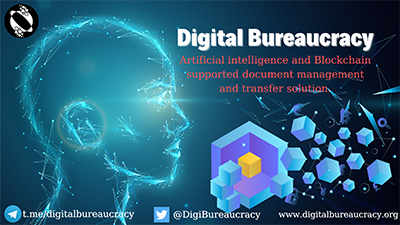Good governance and COVID‐19: The digital bureaucracy to response the pandemic (Singapore as a model)
Ahmed AbdouJournal of Public Affairs · March 2021
The government’s management is built on electronic systems as a digital bureaucracy in the globalization arena. However, while a change from paper-based to electronic information challenges the traditional bureaucracy, it also provides transparency, huge productivity advantages, and more effective service delivery.
The role of the digital bureaucracy in improving good governance is evident in the work of the electronic management system to improve the four basic good governance indicators, as good governance cannot be established without indicators of transparency, accountability, efficiency, and effectiveness. Transparency in political and administrative acts, as well as transparency in information, presentation, and availability to citizens and civil society organizations, are all goals of the digital bureaucracy. The use of digital bureaucracy also helps to activate accountability by providing a mechanism to monitor and oversee the efficiency of government institutions’ work, hence reducing the spread of corruption in the country. Therefore, Singapore’s bureaucracy reform has successfully implemented digital policy to lead to good governance in order to provide excellent service in response to the COVID-19 pandemic.
